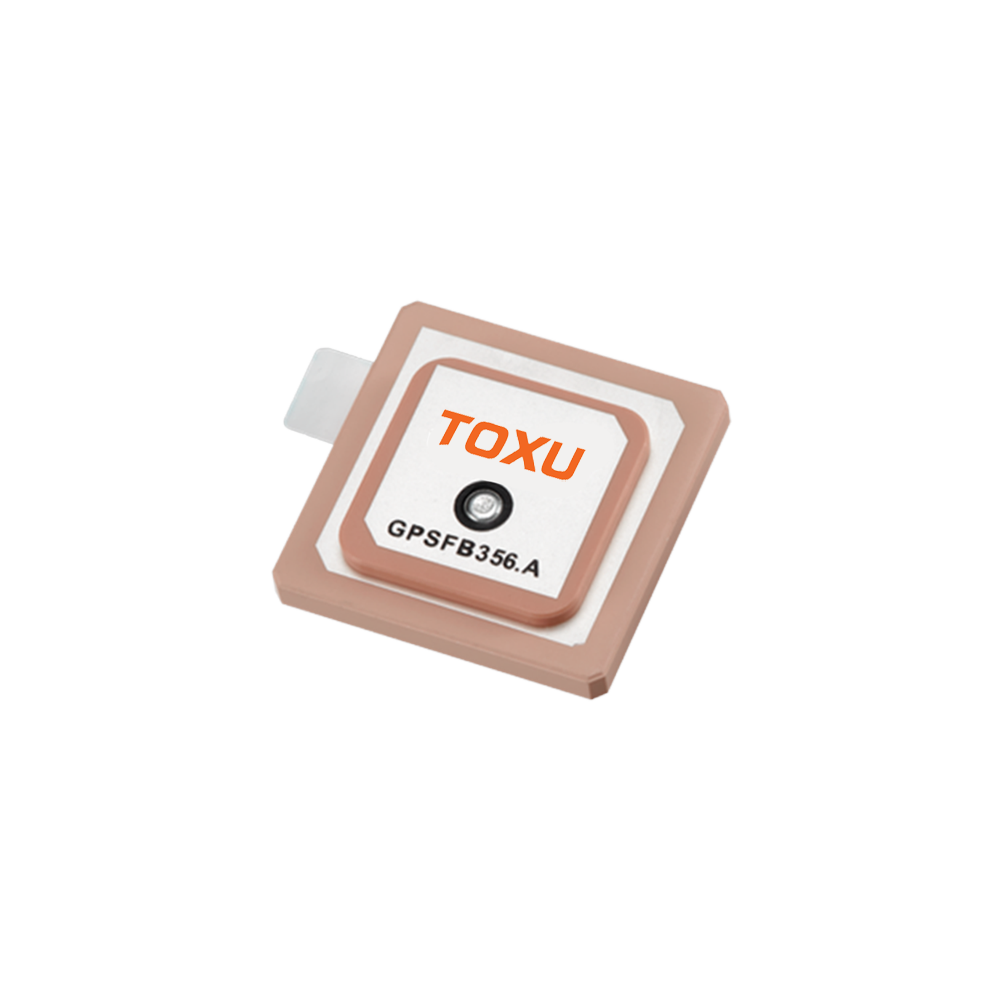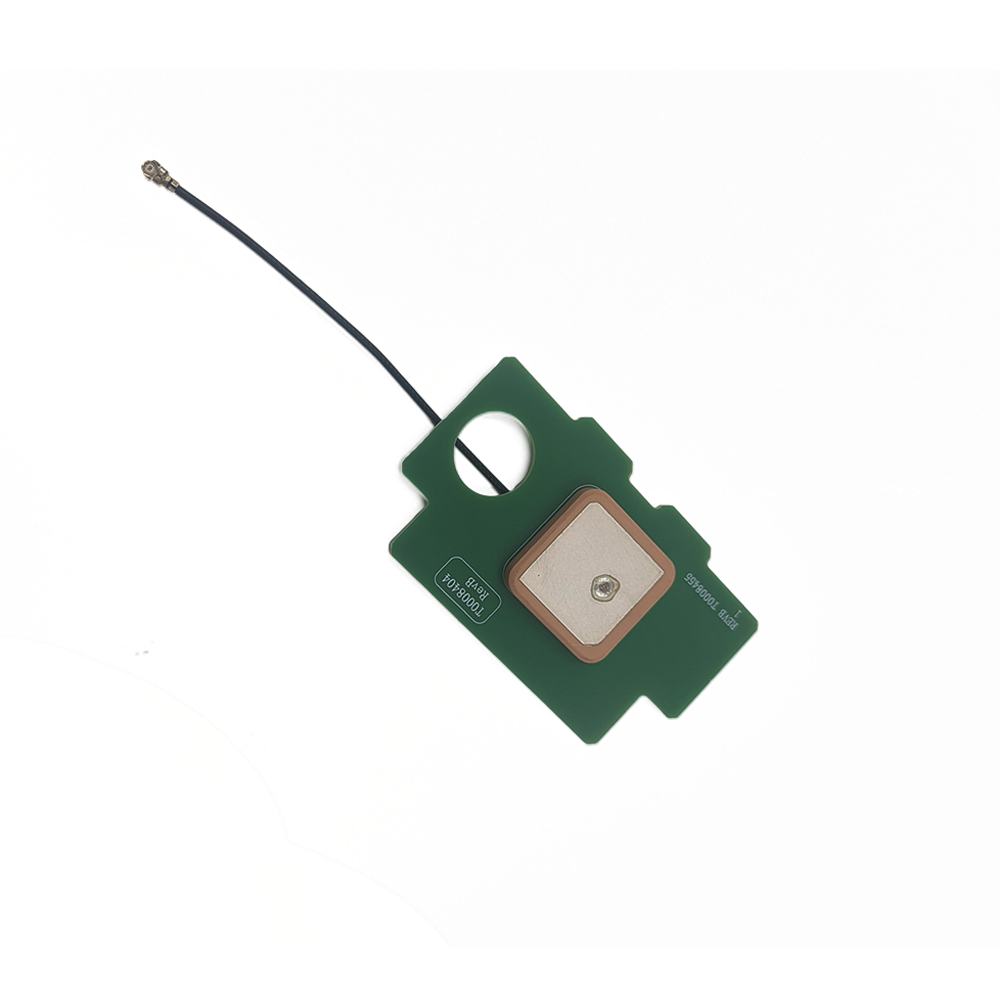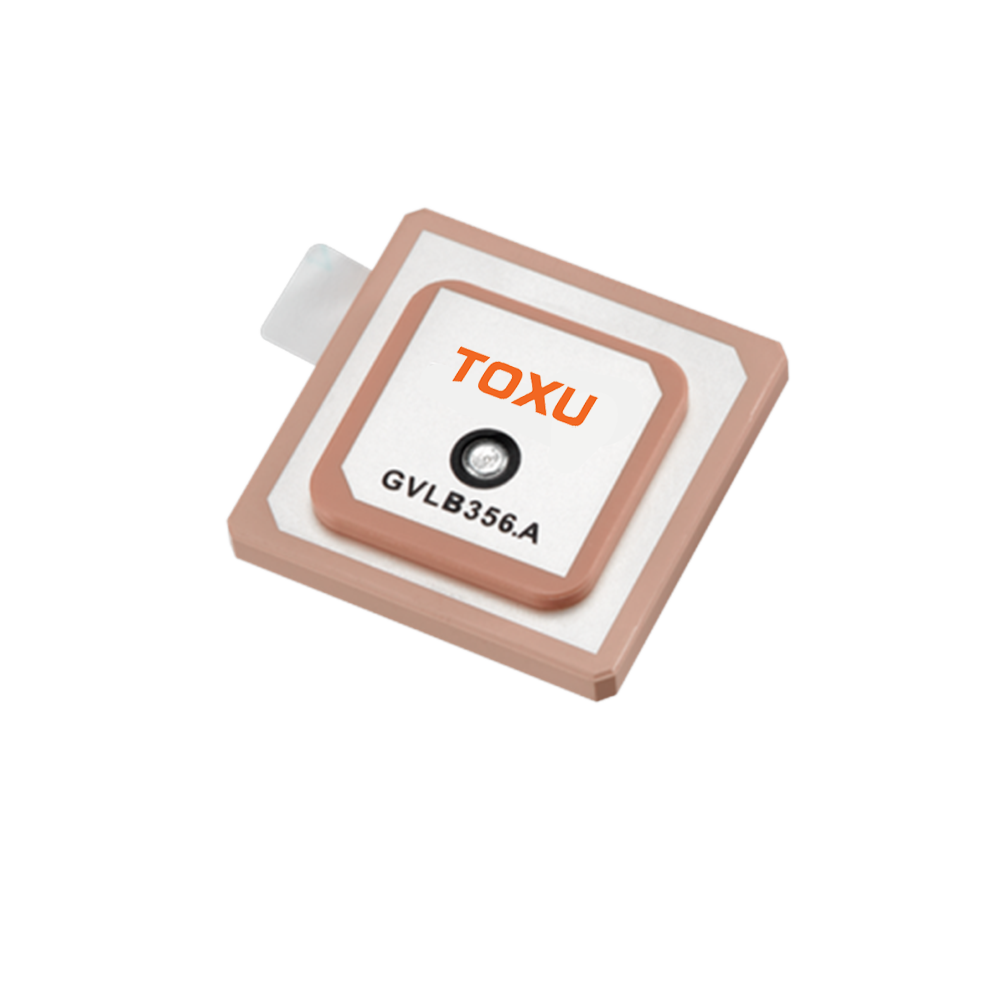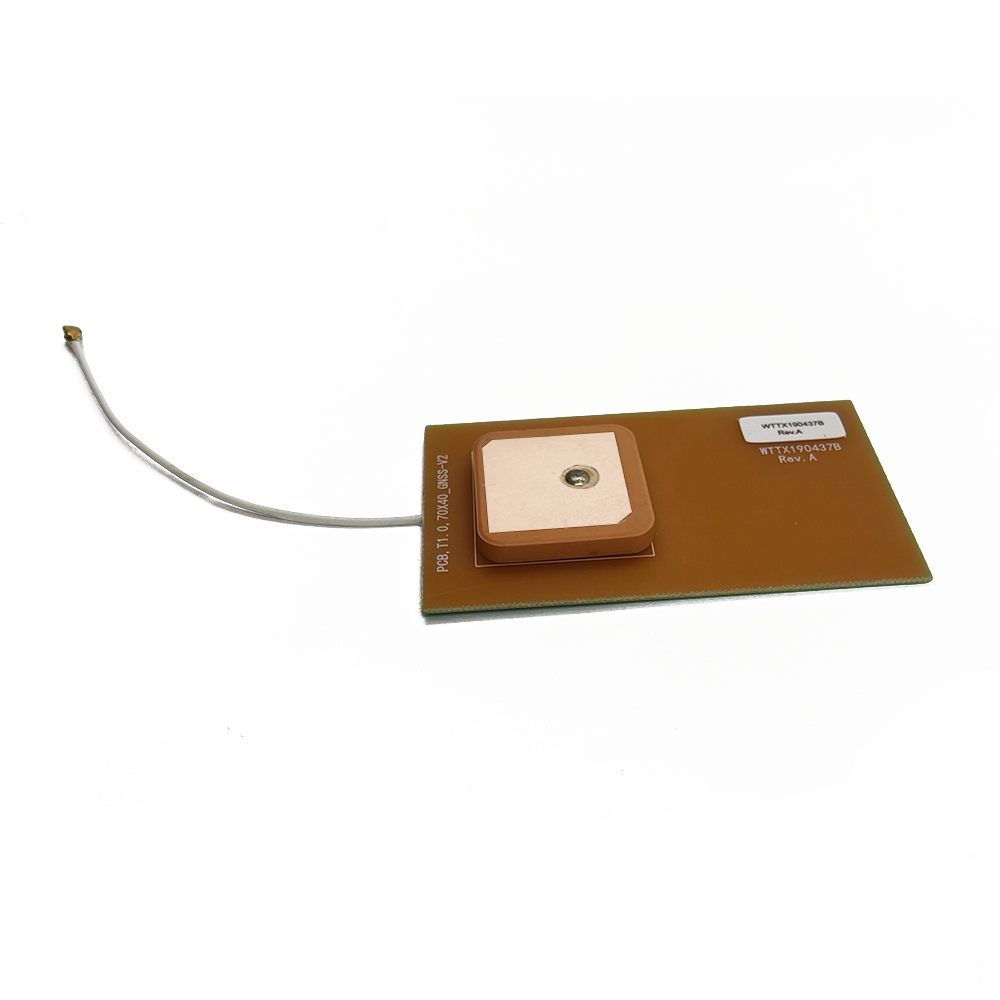The unique value proposition of miniature custom GNSS patch antennas—guaranteed performance in a specific integration—makes them the preferred solution for a wide range of demanding applications where standard antennas fail. Furthermore, the field is continuously evolving, driven by the relentless demand for better, smaller, and smarter positioning solutions.
Key Applications
Autonomous Vehicles and Advanced Driver-Assistance Systems (ADAS): This is a paramount application. Self-driving cars and L2+/L3 driver-assist systems rely on a continuous, high-integrity absolute position. A custom antenna is designed into the vehicle's roof or spoiler, optimized for a stable phase center for RTK positioning and engineered to reject multipath and interference from the car's own electronics. Its low profile is critical for aesthetics and aerodynamics.
Unmanned Aerial Vehicles (Drones): Drones for precision mapping, surveying, agricultural spraying, and delivery require lightweight, aerodynamic, and high-performance antennas. Custom designs are integrated into the drone's body or landing skids, with patterns optimized for maintaining a lock on satellites during high-angle banking maneuvers. They are also customized to be low-weight and resistant to vibration.
High-Precision Industrial and Geomatic Equipment: Survey-grade RTK rovers and base stations, machine control systems for construction (e.g., bulldozers, excavators), and precision agriculture equipment (autonomous tractors) are the traditional users. Here, the demand for millimeter-level accuracy necessitates custom antennas with exquisitely stable phase centers, each individually calibrated.
Consumer Electronics: While commodity antennas are common in smartphones, high-end flagship models are increasingly adopting custom-designed GNSS antennas. The extreme space constraints and dense RF environment (multiple cellular antennas, Wi-Fi, etc.) require a co-designed solution to prevent performance degradation. This enables features like lane-level navigation and improved AR.
Asset Tracking and Logistics: For tracking high-value assets like shipping containers, military equipment, or sensitive medical shipments, reliability is key. Custom antennas are built into the asset's housing to withstand harsh environmental conditions (vibration, temperature extremes, impacts) while providing robust performance for long battery life.
Wearable Devices: Specialized wearables for military, first responder, or professional sports use require highly compact, form-fitting antennas. Custom flexible patches can be integrated into the strap of a smartwatch or the shoulder of a uniform, designed to work in close proximity to the human body, which is a significant detuning element.
Future Trends
The future of miniature custom GNSS antennas is directed towards greater integration, intelligence, and resilience.
Tighter Integration and "Antenna-in-Package": The trend is to move the antenna even closer to the GNSS system-on-chip (SoC). Future solutions might see the antenna integrated directly into the IC package or the PCB substrate itself as an embedded component. This minimizes transmission losses and further reduces the form factor.
Multi-Frequency and Wideband Designs: As new satellite constellations (Galileo, BeiDou-3) broadcast powerful signals on new bands (L5, E5, E6), custom antennas will evolve from single-band (L1) to wideband designs that can cover multiple bands (e.g., 1150-1650 MHz) with a single radiating element. This provides signal redundancy and enables advanced ionospheric correction for consumer devices.
Integration of Anti-Jamming and Anti-Spoofing (AJS): As jamming and spoofing threats grow, custom antenna solutions will increasingly incorporate AJS features. This could mean integrating multi-element antennas (controlled reception pattern antennas - CRPAs) into a small form factor to create nulls in the direction of interferers. This is critical for safety-of-life applications like aviation and autonomous vehicles.
AI-Driven Design: Machine learning and artificial intelligence are beginning to be used to optimize antenna designs. AI algorithms can explore a vast parameter space much faster than human engineers, potentially discovering novel, high-performance geometries that would be counter-intuitive to traditional design methods.
Materials Innovation: Research into new dielectric composites with even higher permittivity and lower loss will continue to push the limits of miniaturization. Materials with tunable permittivity, perhaps through applied voltage, could lead to reconfigurable antennas that can adapt their frequency or pattern in real-time.
In essence, the application space for custom antennas is expanding as the world becomes more automated and connected. The future will be defined by antennas that are not just custom-fit to a device's form, but are intelligent, resilient, and deeply integrated system-level partners in the navigation solution.
Conclusion
The journey through the world of miniature custom GNSS patch antennas reveals a clear and compelling narrative: in the pursuit of precision, reliability, and seamless product integration, off-the-shelf solutions often reach their limits. The miniature custom antenna is not merely an incremental improvement but a fundamental shift in design philosophy. It represents the transition from treating the antenna as a generic commodity component to treating it as a core, system-level intellectual property that is critical to the product's ultimate performance and market success.
The overarching conclusion is that the value of customization transcends simple RF metrics. While the advantages in bandwidth, efficiency, and gain are quantitatively measurable, the qualitative benefits are perhaps more significant. It is about performance certainty. In a competitive market, the ability to guarantee a key performance indicator like positioning accuracy or TTFF in the final shipped product is a powerful differentiator. It mitigates the risk of last-minute integration failures that can delay product launches and damage brand reputation. This certainty is achieved by designing the antenna for its environment from the very beginning, rather than trying to force a standard component to fit an environment it was never intended for.
Furthermore, custom antenna development is a powerful enabler of product innovation. It allows industrial designers to break free from the constraints of standard antenna shapes and placements. By enabling antennas to be conformal, flexible, and invisible to the end-user, it paves the way for smaller, more elegant, and more robust products. It allows engineers to push the boundaries of what is possible, embedding high-performance PNT into devices and form factors that were previously unimaginable.
However, this capability comes with a sobering caveat: customization is a strategic tool, not a universal solution. The significant NRE costs and extended development timelines create a clear volume-dependent economic model. It is a justified investment for mass-produced products where performance is a key competitive edge, but it remains prohibitive for niche, low-volume applications. The decision to pursue a custom antenna must therefore be made early in the product development cycle, with a clear understanding of the costs, timelines, and required expertise.
Looking toward the future, the role of the miniature custom GNSS patch antenna will only grow in importance. As we enter the era of pervasive autonomy—with its countless drones, robots, and vehicles—the demand for robust, trustworthy, and high-integrity positioning will become non-negotiable. These systems cannot afford the uncertainties of a generic RF link. They will require deeply integrated, co-designed antenna solutions that are resilient to interference and capable of leveraging all the signals from modernized multi-constellation GNSS.
In final analysis, the miniature custom GNSS patch antenna is far more than a piece of metal on a ceramic substrate. It is the culmination of advanced materials science, sophisticated electromagnetic simulation, and precision manufacturing. It is a testament to the idea that true optimization is achieved not by optimizing components in isolation, but by optimizing the system as a whole. For any company whose product relies on superior location performance to win in the marketplace, investing in a custom antenna solution is not just an engineering choice; it is a strategic imperative.




































































 Language
Language
 En
En Cn
Cn Korean
Korean

 Home >
Home > 








 18665803017 (Macro)
18665803017 (Macro)













